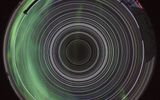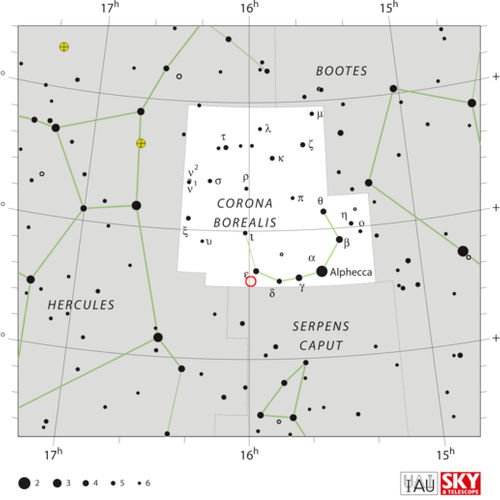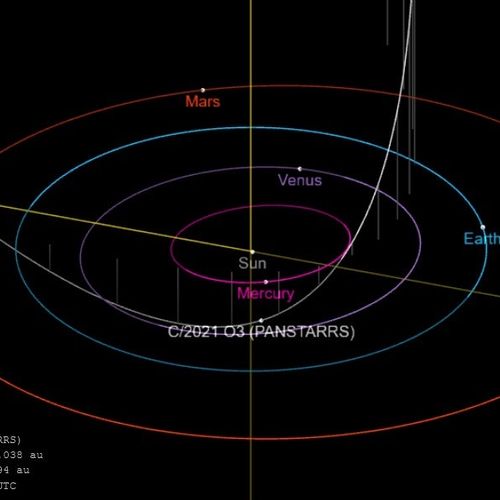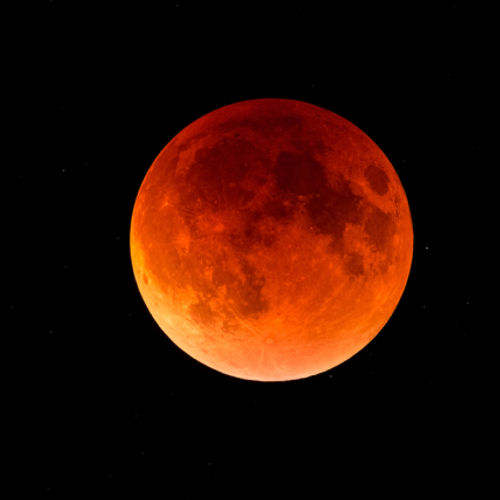
| Added | Wed, 27/01/2021 |
| Источники | |
| Дата публикации | Tue, 26/01/2021
|
| Версии |
The southern celestial pole is easy to see in the star-tracking images taken in the Southern Hemisphere — it is at the center of all the arcs.
In the star panorama (photo below), which extends about 60 degrees across the southern sky, the Southern celestial Pole is located about in the middle, it is surrounded by bright galaxies and stars.
At the top of the frame are stars and nebulae in the plane of our own Milky Way galaxy.
Gacrux, a yellowish giant star, heads the Southern Cross from above in the center of the image, and the dark regions of the Coal Sack Nebula are just to the left of the Cross. The double hypergiant star Eta Keel and the reddish glow of the Keel nebula are visible along the plane of the galaxy at the right edge.
Below — the Large and Small Magellanic Cloud, the satellite galaxies of the Milky Way.
The line from Gacrux through the blue star at the bottom of the Southern Cross, Acrux, will point to the Southern Celestial Pole, but where exactly is it? It is enough to find the Sigma Octant star — it is the nearest star visible to the naked eye (in the photo-approximately in the middle of the image). The Polar Star's counterpart at the North Pole, Sigma Octant, is just over one degree from the Southern Celestial Pole.
Новости со схожими версиями
Log in or register to post comments












